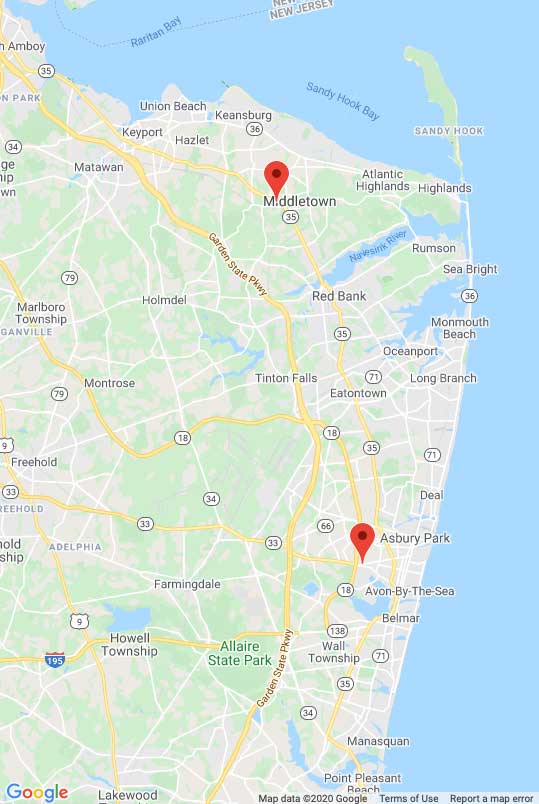Imagine you’re driving down a long stretch of highway, and suddenly, you realize you’ve missed the last mile without any memory of it. This brief, unintended loss of attention is known as a microsleep. It’s a phenomenon that can occur at the most unexpected times, with potentially dangerous consequences.
Understanding Microsleep
Microsleeps are short bursts of sleep that typically last from a fraction of a second to a few seconds. During these episodes, individuals may appear awake and might even continue performing tasks. However, their brain temporarily shifts into a sleep state, leading to lapses in attention and responsiveness.
Causes of Microsleep
Microsleep is often a result of severe sleep deprivation. When the brain is not getting enough rest, it attempts to compensate by sneaking in small bouts of sleep, even during wakefulness. Other contributing factors contributing include:
- Chronic Sleep Deprivation: Consistently getting less sleep than the recommended 7-9 hours for adults can lead to a sleep debt, increasing the likelihood of microsleep.
- Shift Work: Irregular work hours can disrupt the body’s natural sleep-wake cycle, leading to sleep deficiencies.
- Sleep Disorders: Conditions like sleep apnea or insomnia can prevent restorative sleep, making microsleep more likely.
- Monotonous Activities: Repetitive tasks, such as driving long distances or sitting through lengthy meetings, can trigger microsleep episodes due to the lack of stimulating activities.
Signs and Symptoms
Recognizing the signs of microsleep can be challenging, especially since they happen so quickly. Some common indicators include:
- Blank Stares: The individual may have a vacant expression during the episode.
- Slow Blinking: Increased blinking or eyelid drooping can signal an impending microsleep.
- Head Nodding: The head may droop or jerk suddenly as the person briefly falls asleep and wakes up.
- Memory Lapses: Not recalling the last few moments or seconds of an activity can indicate a microsleep episode.
The Dangers of Microsleep
Microsleep can have serious, and sometimes fatal, consequences, particularly when it occurs during activities that require full attention, such as driving. During an episode, a person’s ability to react to external stimuli is significantly impaired, increasing the risk of accidents. In workplaces, especially those involving heavy machinery or complex tasks, microsleep can lead to errors and injuries.
Preventing Microsleep
To reduce the risk of microsleep, it’s crucial to prioritize good sleep hygiene and adopt habits that promote adequate rest. Here are some strategies:
- Maintain a Regular Sleep Schedule: Go to bed and wake up at the same time every day, even on weekends, to regulate your body’s internal clock.
- Create a Restful Environment: Ensure your sleep environment is conducive to rest by keeping it dark, quiet, and cool.
- Limit Caffeine and Alcohol: Avoid consuming stimulants and depressants close to bedtime, as they can interfere with your sleep cycle.
- Take Breaks: If you’re engaged in monotonous tasks, take regular breaks to stay alert and reduce the likelihood of microsleep.
- Address Sleep Disorders: If you suspect you have a sleep disorder, seek medical advice and appropriate treatment to improve your sleep quality.
Conclusion
Microsleep, though brief, can have significant impacts on safety and performance. Understanding its causes, recognizing its signs, and taking proactive steps to ensure adequate sleep can help mitigate the risks associated with these involuntary episodes. Prioritizing sleep health is not just about enhancing daytime alertness but also about safeguarding overall well-being.


